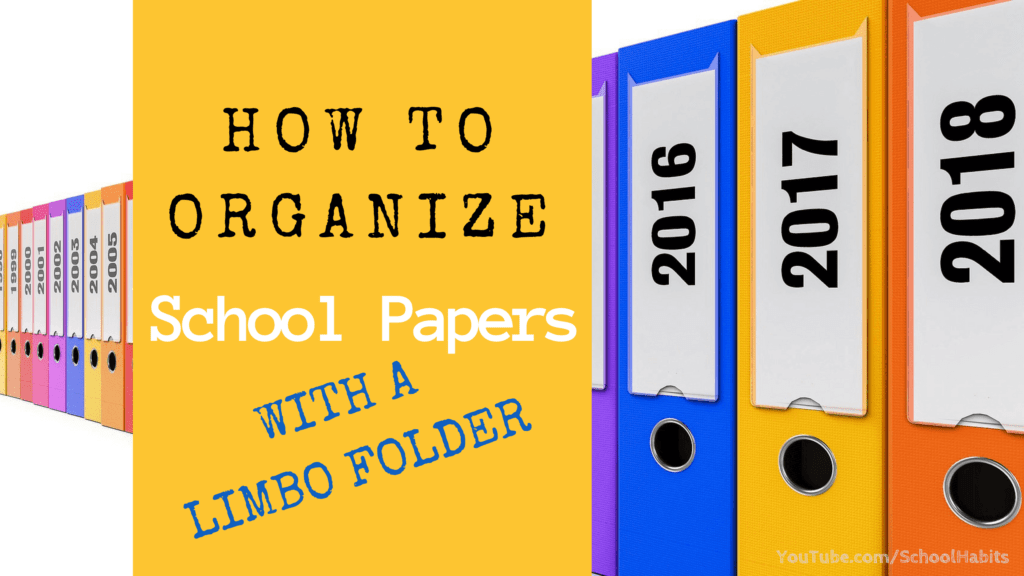
I wrote a blog post about how to organize old school papers a while ago (read that post – Part 1 – before this one!), but I’m still asked this question all the time. While the minimalist in me is internally shouting “Throw them all away!” that’s not always the best answer.
If you’re wondering how to organize your school papers, you’re probably in one of two situations. You are either starting fresh and want to have a good system that will keep you organized from the beginning, or your stuff is already a disaster and you need help digging yourself out of a paper pile.
Whether you’re starting off with a clean slate, or all your papers are stuffed at the bottom of your backpack, the same organizational strategies apply. To sum up what I went over in Part 1, here’s the gist of what to keep and what to toss:
Papers to keep:
- quizzes and tests before the final exam
- papers that sincerely bring you joy
- papers that are currently in use
Papers to toss:
- old essays and writing assignments
- anything that you absolutely know
- all duplicates
- anything you really won’t need again
As I advise in Part 1 of this organizational series, it’s best to organize, sort and file your papers at the end of each school day. But I get it: we don’t always have time for that! However, if we wait too long to deal with the paper, then we either lose it, or it gets mutilated at the bottom of our bags. So what do we do?
Use a Limbo Folder!
Limbo means temporary or intermediate. So, get yourself a Limbo Folder where you will put all the papers that need to be processed (filed away or tossed) at some point. Keep this folder in your backpack so you have it all times, and anytime you have papers that you can’t deal with on the spot, put them in the Limbo Folder. Then once a week or so, empty out the folder by going through everything that’s in there and putting it in the right spot.
Using a Limbo Folder is one of the best ways to help you organize school papers before they get out of control. But here’s an important tip: definitely don’t use the Limbo Folder to store current papers or homework assignments. Instead, only use it to temporarily store papers that you aren’t currently using but aren’t quite sure what to do with yet. Then, when you have more time, determine if you need the paper for a later use (like a future test) or if you can throw it away.
What to store in your Limbo Folder
- papers you don’t have time to think about in the moment
- papers that are handed back to you
- graded essays/quizzes/tests
- worksheets you completed but didn’t have to turn in
We all get disorganized from time to time. That’s called being human. But if you struggle allllll day long with being disorganized, you might want to learn a little bit more about the 8 executive functions and their role in helping us run our lives. Some of us deal with executive disfunction, and that can have a serious impact on our ability to stay organized.
Don’t forget: If you haven’t read Part 1 of How to Organize Old School Papers, check that out here.

